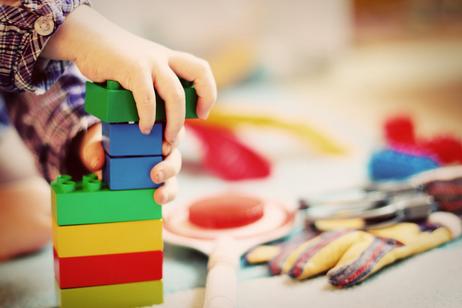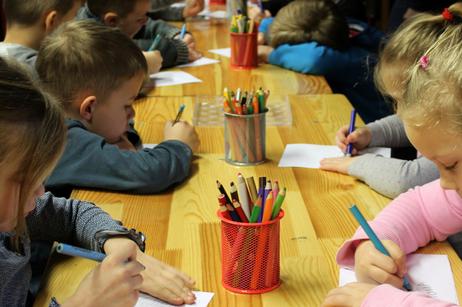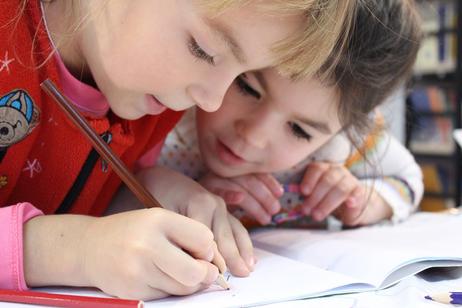Just a few months after the dawn of a new decade, millions of parents found themselves scrambling to adjust to remote learning in the midst of a rapidly spreading global pandemic. It didn’t take long for parents to realize just how much they’d been leaning on the public school system until their kids were at home full-time. Parents became teachers overnight, struggling to maintain some sense of normalcy in regard to their child’s education, all while trying to manage changes in their own day-to-day lives.
A full year later, parents and educators are still struggling, and the country is facing some difficult questions about the state of America’s public school system. In some cities, affluent families have abandoned the public school system in favor of private schools but what effect with this mass exodus have on the future of public schooling? In this article, we’ll explore the ways the pandemic has changed public school systems and what parents can expect in the future.
The Current State of Public Education
After months of remote learning, many schools have started to return to in-person education. Though many schools are following a blended approach, teaching students both in-person and virtually, parents are finally starting to see a return to “normal” after a year of chaos. What school really looks like for students varies, however, depending on a variety of factors.
In some communities, schools are only open to teachers and administrators who continue to teach remotely. Other districts have opened their






















